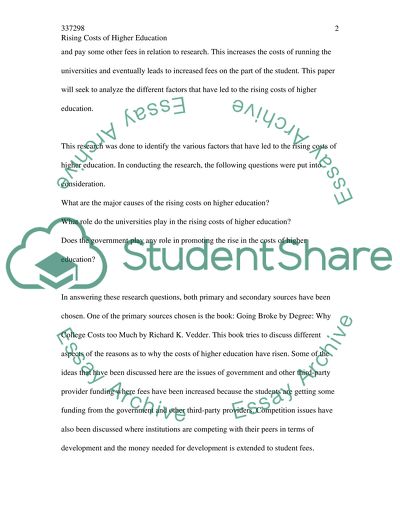Cite this document
(“Rising Costs of Higher Education Research Paper”, n.d.)
Retrieved from https://studentshare.org/miscellaneous/1517519-rising-costs-of-higher-education
Retrieved from https://studentshare.org/miscellaneous/1517519-rising-costs-of-higher-education
(Rising Costs of Higher Education Research Paper)
https://studentshare.org/miscellaneous/1517519-rising-costs-of-higher-education.
https://studentshare.org/miscellaneous/1517519-rising-costs-of-higher-education.
“Rising Costs of Higher Education Research Paper”, n.d. https://studentshare.org/miscellaneous/1517519-rising-costs-of-higher-education.


